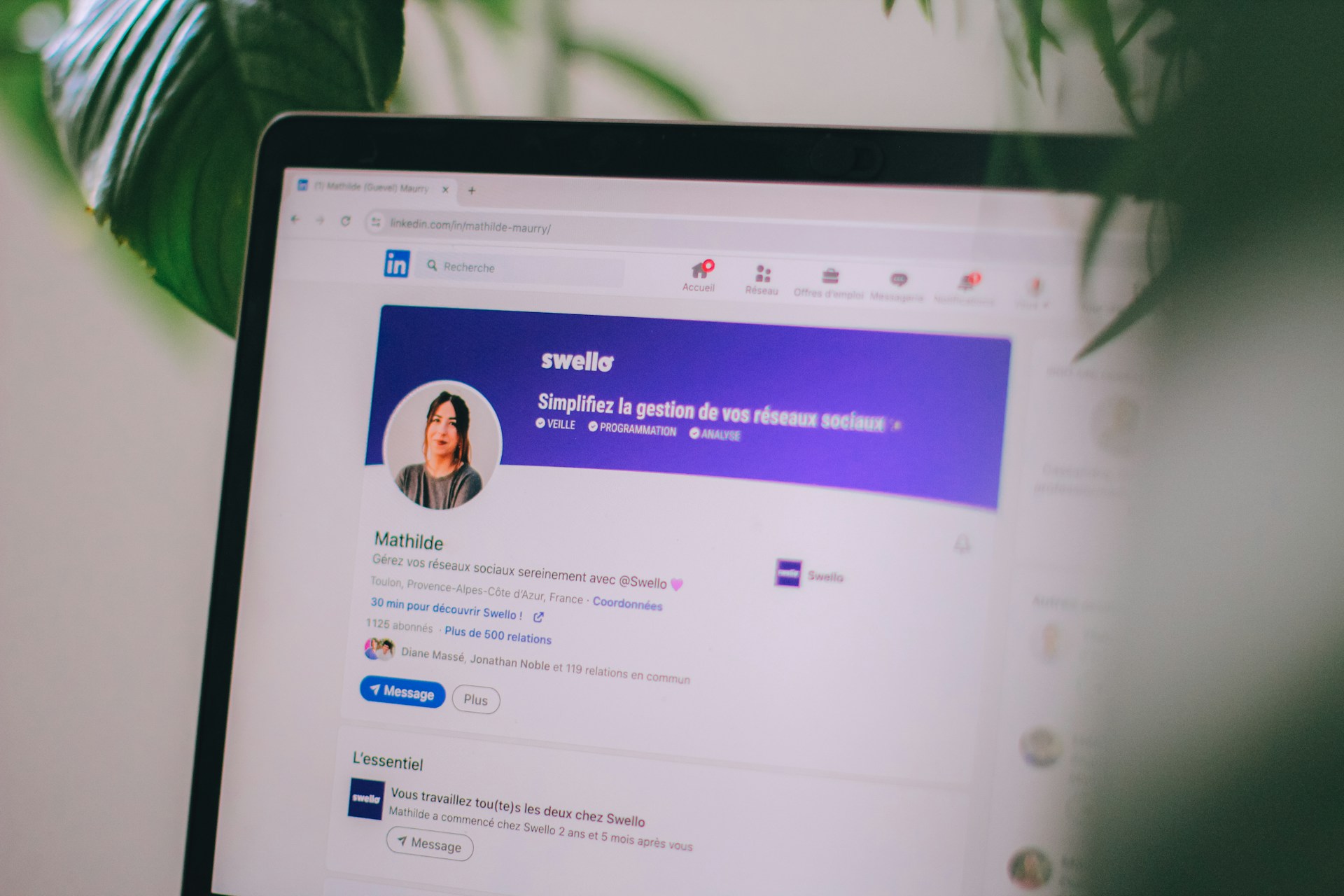Retargeting on Facebook is a powerful marketing strategy that helps reconnect with users who have previously interacted with your business. Whether they visited your website, engaged with your content, or added items to their cart, these users have shown interest in your offerings. Retargeting allows you to remind them of your products or services, increasing the likelihood of conversion.
Understanding the basics of Facebook retargeting is key to leveraging its full potential. It involves using Facebook’s pixel to collect data on user behaviour and creating custom audiences based on that data. This enables you to deliver targeted ads to users who have already expressed interest in your business. By focusing on these warm leads, you can achieve higher engagement and conversion rates compared to traditional advertising methods.
However, successful retargeting requires more than just setting up the pixel and launching ads. It involves developing effective strategies, crafting compelling ad content, and continuously measuring and optimising your campaigns. These steps ensure that your retargeting efforts resonate with your audience and drive meaningful results. In the following sections, we’ll explore how to implement these strategies and make the most out of your Facebook retargeting campaigns.
Understanding Facebook Retargeting
Facebook retargeting involves reconnecting with users who have previously interacted with your business. This process starts with setting up the Facebook pixel on your website. The pixel is a small piece of code that tracks user behaviour, such as page views, clicks, and conversions. By collecting this data, you can create custom audiences of users who have shown interest in your products or services.
These custom audiences are essential for effective retargeting. For example, you can create an audience of users who visited a specific product page but didn’t make a purchase or those who added items to their cart but abandoned the process. By understanding their actions, you can tailor your ads to address their specific needs or concerns.
Retargeting allows you to deliver highly relevant ads to users who are more likely to convert. Instead of targeting cold leads, you’re focusing on warm leads who have already expressed interest. This increases the chances of engagement and conversion, making your advertising efforts more efficient. Additionally, Facebook offers various ad formats and placements to optimise your retargeting campaigns, ensuring your ads reach the right people at the right time.
Effective Retargeting Strategies
You need to implement effective strategies to maximise the success of your Facebook retargeting campaigns. Here are some key tactics to consider:
- Segment Your Audience: Divide your custom audiences into smaller segments based on their behaviour. For instance, create separate segments for users who viewed your homepage and product pages or completed a purchase. This allows you to deliver tailored messages to each group, increasing relevance and engagement.
- Use Dynamic Ads: Dynamic ads automatically showcase products that users have shown interest in. These ads pull product images, descriptions, and prices from your catalogue, creating personalised ads for each user. Dynamic ads are especially effective for e-commerce businesses, as they remind users of the products they viewed or added to their cart.
- Set Frequency Caps: To avoid ad fatigue, set frequency caps on your retargeting campaigns. This limits the number of times a user sees your ad within a specific period, preventing them from feeling overwhelmed or annoyed.
- Offer Incentives: Encourage users to take action by offering incentives such as discounts, free shipping, or limited-time offers. These incentives can overcome potential objections and prompt users to return and complete their purchase.
- Test Different Ad Formats: Experiment with various ad formats, such as carousel ads, video ads, and collection ads, to see which performs best with your audience. Each format offers unique advantages, and testing helps you identify the most effective approach for your retargeting campaigns.
By employing these strategies, you can enhance the effectiveness of your retargeting efforts and drive better engagement and conversions.
Creating Compelling Ad Content
Creating compelling ad content is crucial for the success of your Facebook retargeting campaigns. Your ads need to grab attention, convey your message clearly, and prompt users to take action. Start by ensuring that your visuals are high-quality and relevant. Use eye-catching images or video thumbnails that reflect your brand and the products or services you’re promoting.
Your ad copy should be concise yet informative. Highlight the benefits of your offerings and use a clear call to action (CTA). For example, if you’re promoting a discount, mention the percentage off and urge users to “Shop Now” or “Claim Your Discount”. Make sure your CTA stands out and communicates exactly what you want the user to do.
Personalisation plays a significant role in creating effective ad content. Tailor your messages to the specific audience segments you’ve created. For instance, if you’re targeting users who abandoned their cart, remind them of the exact items they left behind and offer an incentive to complete their purchase. Personalised ads resonate more with users and increase the likelihood of engagement and conversion.
Another essential element is trust-building. Include social proof such as customer reviews, testimonials, or ratings to reassure users of your product’s quality and reliability. This can help overcome any reservations they might have and encourage them to take the next step.
Measuring and Optimising Your Campaigns
Measuring the performance of your retargeting campaigns is vital to understand what works and what needs improvement. Start by setting clear metrics to track. These can include click-through rates (CTR), conversion rates, cost per conversion, and return on ad spend (ROAS). These metrics will help you evaluate your ads’ effectiveness and make data-driven optimisation decisions.
Use Facebook’s Ads Manager to monitor your campaigns. This tool provides detailed insights into your ad performance, allowing you to see which ads are generating the most engagement and conversions. Pay close attention to the metrics and identify any patterns or trends that can inform your optimisation efforts.
A/B testing is an effective way to optimise your campaigns. Test different ad elements such as visuals, copy, and CTAs to see which variations perform best. By comparing the results, you can refine your ads and focus on the most effective combinations. Regularly conduct A/B tests to keep your campaigns fresh and avoid ad fatigue.
Adjust your targeting settings based on performance data. If certain audience segments are driving more conversions, allocate more of the budget towards them. Conversely, refine your targeting criteria to improve results if some segments are underperforming. Continuously monitor and tweak your campaigns to ensure optimal performance.
Conclusion
Retargeting on Facebook is a powerful method to re-engage with potential customers and boost engagement. By understanding how retargeting works, implementing effective strategies, creating compelling ad content, and measuring and optimising your campaigns, you can make the most out of your retargeting efforts.
At Your Hive, we specialise in productivity strategies, systematisation, and efficiency solutions. Our marketing support services can help you develop and execute successful Facebook retargeting campaigns tailored to your business needs. Contact us today to learn how we can enhance your customer engagement and drive better results.







